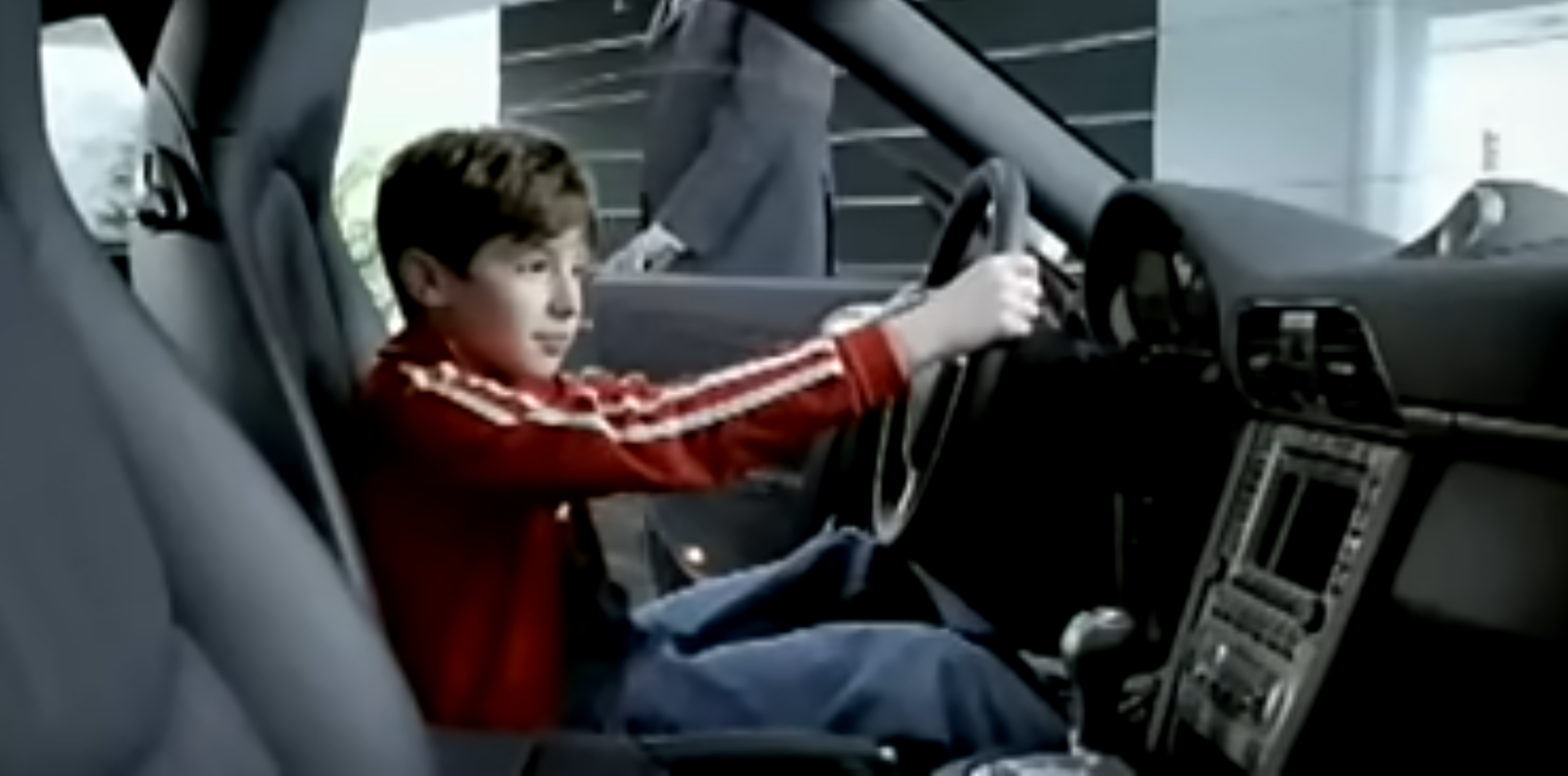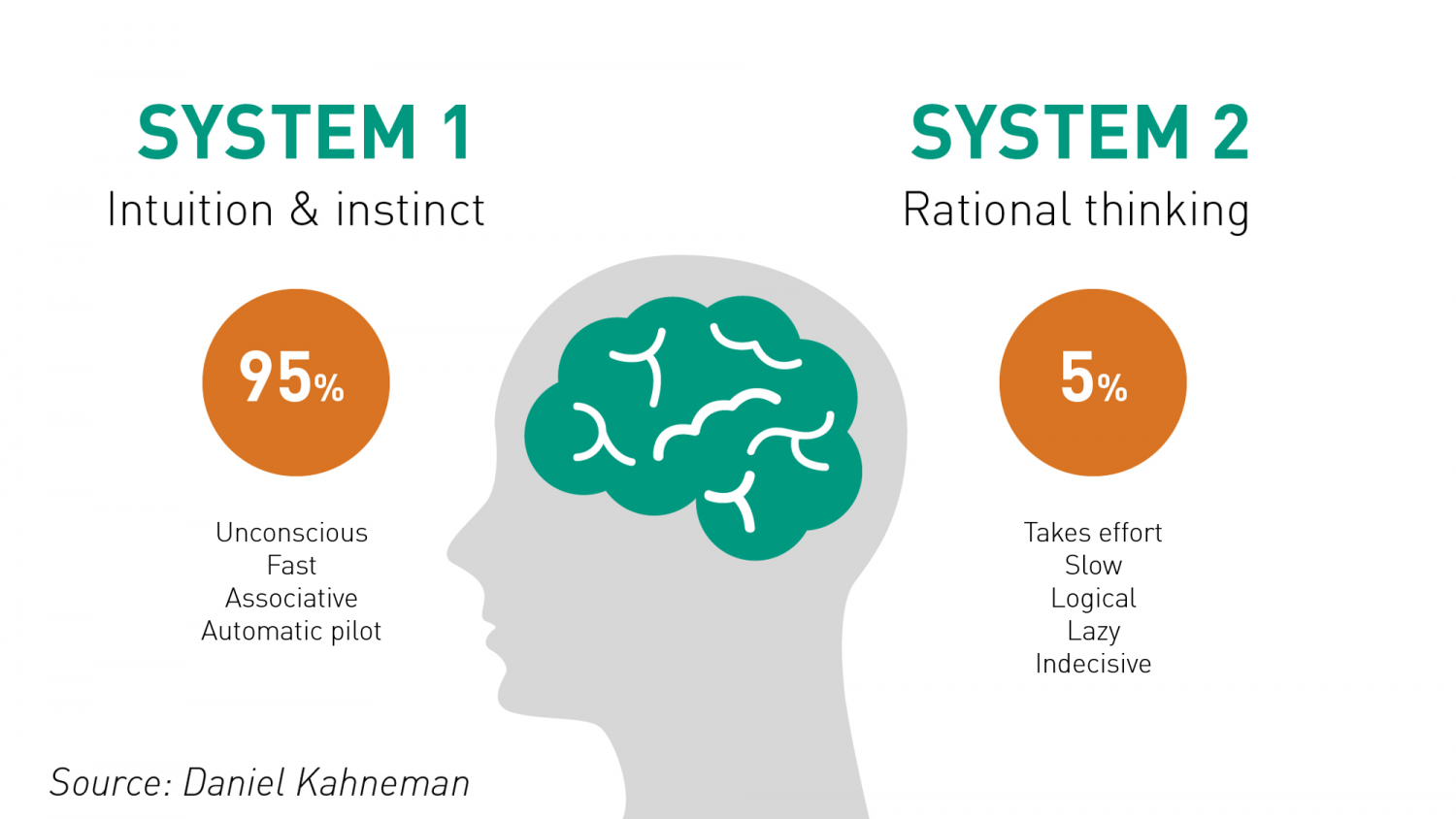Do you know what the average click-through rate of an ad is? 10%? 5%? Wrong. Almost always, it’s well below half a percent. Of the target audience reached by your commercial message, almost none will have clicked or interacted with your ad in any way.
While tracking clicks, downloads, engagements, and interactions is very seductive, the annoying truth is that the most likely path to purchase for your brand is the hardest one to see: the brand sticking in the audience’s mind long enough that they recall it next time they’re ready to buy.
So, is there a way to measure that? Glad you asked…
The Rise of Brand Memory
Appreciation of brand memory as an important thing to measure gained traction with the popularisation of How Brands Grow by Byron Sharp in 2010. The book presented evidence that product sales are strongly driven by two key factors:
Physical Availability: How well distributed and accessible your product is to buy.
Mental Availability: How readily the buyer thinks of your brand when in a purchasing state of mind.
The latter is, of course, what we’re interested in exploring. The more mentally available a brand is in the mind of the buyer, the more likely they are to buy it.

Mental & Physical Availability (Source: Employer Brand Magazine)
One marketing strategy to tackle this is through Category Entry Points — the specific scenarios that might lead someone to buy a product in a given category.
For example:
Marketing communications aim to create an association between that moment and the brand (“Have a break? Have a KitKat”). The evidence shows that the more category entry points a brand can associate with, the more sales it tends to generate.
And “associations” is an important word, because that’s how memory works. Creating brand memory is about creating associations with things. Our memories are a series of interconnected strands. Creating memories involves attaching new information to sensations, sounds, colours, emotions — in short, building memory structures. Successful marketing can later trigger recall of the brand through re-communicating those associations.
But our brains are not equal-opportunity employers — not all ads turn into memories. People are constantly exposed to overwhelming amounts of visual and aural information, and our brains have evolved to be highly efficient at two things:
These selective heuristics (mental shortcuts) are automatic and unconscious, helping us filter and process the flood of information efficiently. Some things stay in short-term memory and are easily displaced; others are written into long-term memory and can last for weeks, months, or even years.
So how does the brain decide what to remember and what to forget? One key factor, developed through evolution, is that we are more likely to remember things that happen during a spike of emotion.
This relates to humanity’s survival instinct: over history, it has been beneficial for survival to have all our senses on high alert in moments of stress.
Hear a roar in the undergrowth that causes panic? Trip and fall into icy water? In both cases, your adrenaline spikes, your senses heighten, and your brain records everything you see and hear into long-term memory.
I used to test this idea with audiences by asking: “Who remembers where they were when they heard about 9/11?” Despite the 24 years that have passed, hands would shoot up. For those who were around, the memory was vivid — as if tattooed on the brain.
That example is starting to fail me, though. When I asked a group of university students recently, the baffled silence was only broken by a small voice at the back: “Um… we weren’t born then.” I’m going to need some new material.
Still, when 9/11 happened, the memory process was in full swing. Our bodies reacted as if our survival were under threat, encoding what we saw and heard into long-term memory. And here we are, 24 years later, with a crystal-clear recollection of that day.
In many ways, advertising aims to stimulate that same process — to trigger the same neural pathways that disrupt automatic filtering, make the brain stop and take notice, and choose to remember. It does this by triggering an emotional reaction.
Do you have a favourite ad you’ll never forget? Here’s mine: the Porsche 911 Carrera spot from 19 years ago:

A young boy walks into a Porsche dealership, asks for a business card, and says, “See you in 20 years.” Something about that ad got me in the feels, and here we are — almost two decades later — and I still remember it.
The meta-irony, of course, is that the ad itself is a perfect illustration of memorability: the boy is so emotionally struck by the experience that he commits it to memory until the day he can afford the car.
I’ve been in the business of ad testing for 19 years, and my first boss used to say: “People say they hate ads, but the truth is they hate bad ads — they love good ones.” I’ve found that to be true. In focus groups, when I ask “What’s your favourite ad?”, people always have an answer.
So we return to memory: an evolutionary mechanism, triggered by an emotional spike, that can “wrap” an experience into long-term memory — and take the brand along for the ride.
We explored this dynamic in our earlier piece, The Science of Memory, a study with the BBC that demonstrated the link between emotional engagement and long-term memory using neuroscience. But neuroscience sounds expensive, right? So how do you measure brand memory for ongoing campaigns?
The key is understanding that both long-term memory and emotion are subconscious processes. They happen automatically, in different parts of the brain from our rational, conscious thought. We call these System 1 and System 2, as described by Daniel Kahneman in Thinking, Fast and Slow (2011).

Source: Thinking, Fast & Slow (Daniel Kahneman, 2011)
System 1 thinking is fast — it’s our gut instinct, our immediate reaction. So, the key to measuring memory is to measure speed.
Brand memory is about associations, so the question becomes: how quickly can someone associate a brand with the intended meanings of the campaign?
Measuring whether the target audience can make those associations faster after exposure to the campaign provides a scalable way to measure memory.
That’s why Element Human incorporates Brand Memory in our global measurement stack, using a methodology called the Implicit Association Test (IAT). It’s a vital component in the full stack of Attention → Emotion → Memory → Brand Uplift, to truly understand advertising’s impact on your audience — wherever they may be.
Only 0.15% may have clicked on your creative, but for the 99.85% who saw it and didn’t click, there’s still a story to tell — about how the ad drove emotion, and whether that emotion triggered the brain to encode your brand into long-term memory.
The untold story of what really happened can, at last, be told.